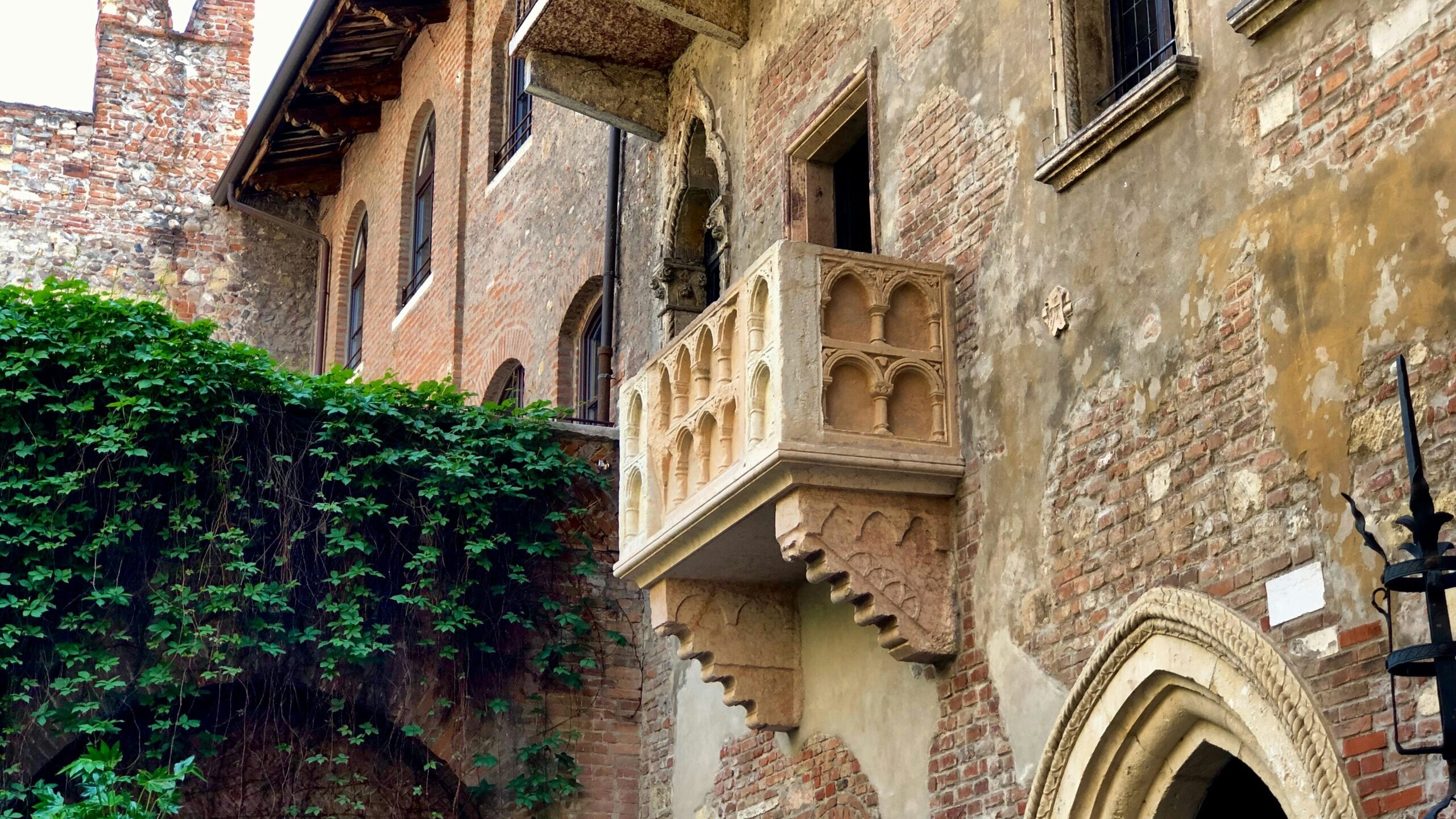The Italian Baroque composer and violinist Antonio Bertali (1605-1669) is now little more than a footnote in music history. But during his lifetime, Bertali was a celebrated virtuoso and composer of operas, oratorios, liturgical works, and chamber music. Half of his output has been lost.
Born in Verona, Bertali migrated north to Vienna where he was employed by the court of Holy Roman Emperor Ferdinand II. He is credited with establishing the tradition of Italian opera seria in Vienna.
Antonio Bertali’s most famous and enduring work is the spirited Chaconne in C Major, composed in 1662 or before. The chaconne, with its repeating bass line and harmonic progression, provides a blueprint for endless exuberant variations.
This 2012 performance, featuring violinist Bojan Čičić and The Illyria Consort, has the spontaneity and joy of a bluegrass jam session. Lynda Sayce plays the theorbo (a plucked instrument in the lute family), Cassandra Luckhardt plays the viola da gamba, and Mahan Esfahani plays the harpsichord.
Featured Image: a facade in the city of Verona, birthplace of Antonio Bertali


what a disastrous piece of “music”- how the violin should not sound.
This is baroque style of playing the violin. For example, vibrato is used selectively, other embellishments are often selected by the performer, bowing emphasizes contrast. As an intermediate violinist, I enjoy it very much.
The comparison to Bluegrass is apt. All the players hang out in their own octaves, and never cross each other. The harpsichord part sounds a little like honky-tonk in places. It’s probably scored in 6/4. We don’t have this meter in popular music anymore. We feel compound meter in 6/8 now, mostly. I want to say it’s a fast waltz, 200 years early.
Agree with the Bluegrass characterization. What a fun piece of music!
And thank you Timothy for these little gems you dig up. I learn something everything I read your posts and listen.